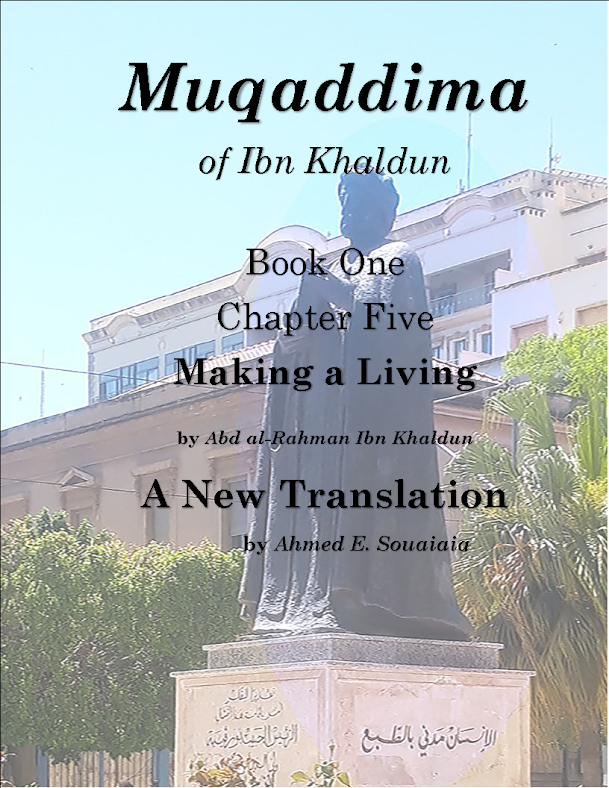
The Silent Salafists Of Indonesia-Post Arab Spring
Wednesday, March 13, 2013
No comments
By Vinay Kumar Pathak
The Salafi political activism in the post Arab Spring Muslim World could have been a source of inspiration for the local Salafi movements in Southeast Asia in particular Indonesia, the world’s most populated Muslim country. Yet the winds of the Arab Spring never did blow across Indonesia although certain socio political and economic realities were similar between the Arab world during the Arab Spring and Indonesia during the period of the New Order (1966-98) under Soeharto. However the end of authoritarianism lead to the era reformasi, which was integral in the democratization of Indonesia. Ever since the fall of Soeharto, Indonesia has continued on this path of democratization that also includes accommodating various voices including that of Islamist movements.
At the same time socio religious movements such as the Muhammadiyah and the Nahdlatul Ulama (NU) continue to be pivotal in balancing the role of State and religion in the country. Hence, an imperative reason why the Arab Spring did not resonate with the Islamist factions and most importantly with the people was because Indonesians to begin with have largely accepted the values of Pancasila, they have access to important socio religious institutions such as the NU and the Muhammadiyah which are lacking in the Arab world and the socio political and economic climate of the Arab world and Indonesia was very different during the period of the Arab Spring (2010-2012).

.jpg)
.jpg)
































